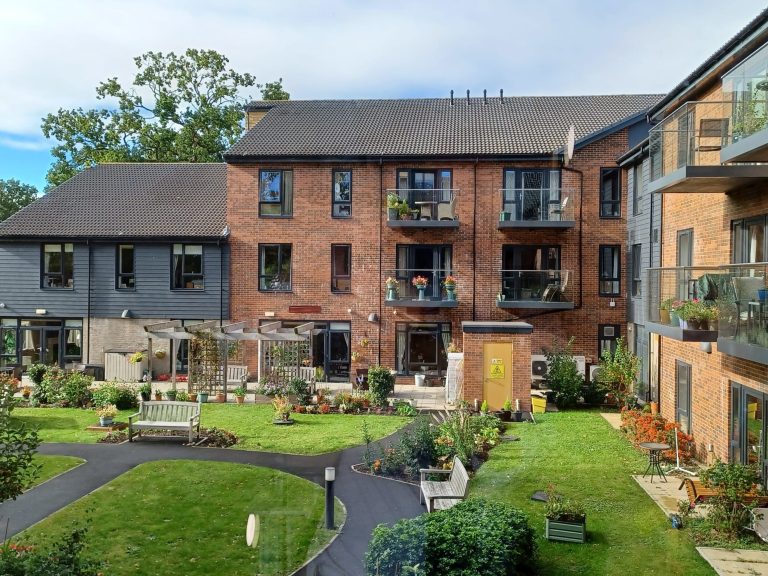A pioneering blueprint aims to reshape how care, housing, and community living intersect across North Yorkshire.
North Yorkshire Council has outlined ambitious plans to expand its nationally recognised Extra Care housing programme, with a 10-year development strategy designed to meet growing demand for adaptable, community-based accommodation.
A Model for Independent Living
Over the past two decades, North Yorkshire’s Extra Care model has become a benchmark in integrated living, combining purpose-built homes with on-site care and community facilities. More than 1,500 apartments across 28 developments currently allow older and disabled residents to live independently while receiving personalised support.
Facilities often include shared amenities such as cafés, shops, libraries, and activity spaces — creating social hubs that foster wellbeing and inclusion. The council’s investment has already supported over 6,000 residents since the programme’s inception.
Adapting to Changing Demographics
Now, with an ageing population and growing demand among younger adults with disabilities and mental health needs, the council plans to evolve the model further. The proposed 10-year blueprint, due for discussion by the council’s executive next week, will deliver a broader range of housing and care options across both urban and rural communities.
Cllr Michael Harrison, executive member for health and adult services, said:
“We’ve led the way nationally through our Extra Care programme, but we recognise that our approach must evolve. This plan will help us keep pace with changing needs — from older residents to younger adults requiring tailored support — while ensuring value for taxpayers.”
Flexible Design and Investment Framework
The proposed programme introduces new models, including Extra Care Plus developments for residents with higher care needs and smaller-scale Extra Care Mini schemes suited to rural communities. A “village model” is also in discussion, spanning over five acres to include homes, care facilities, and integrated community and council services.
Each scheme — typically valued at around £20 million — will be financed through a mix of council contributions, Homes England grants, and investment from scheme operators. This approach not only secures nomination rights for local residents but also delivers cost efficiencies compared to traditional residential care provision.
Targeted Development and Demand
With more than 500 people currently on waiting lists — particularly in Harrogate, Scarborough, and parts of the Yorkshire Dales — the strategy will prioritise developments where demand is highest. It will also account for North Yorkshire’s vast rural geography, ensuring smaller, community-anchored projects are viable in more remote locations such as Wensleydale and Swaledale.
Future-Proofing Care Infrastructure
Consultations involving residents, NHS partners, and council officers have informed the plan’s three guiding principles:
-
Independent living – every resident has their own front door and autonomy.
-
High-quality housing – sustainable, accessible, and future-ready design.
-
Responsive care and support – adaptable services delivered when needed.
Beyond Extra Care, the programme will expand supported housing for individuals with learning disabilities, autism, and mental health conditions, with care commissioned in both small developments and single-home settings.
Each project will be subject to individual tendering and full planning approval, ensuring local accountability and alignment with community needs.
A Blueprint for Integrated Development
North Yorkshire’s renewed commitment to Extra Care represents not just a social care initiative but a major property and infrastructure investment programme — one that fuses housing design innovation with long-term sustainability and community impact.
If approved, the decade-long plan could redefine how local authorities approach housing for vulnerable populations — positioning North Yorkshire as a national model for integrated, inclusive living environments.


